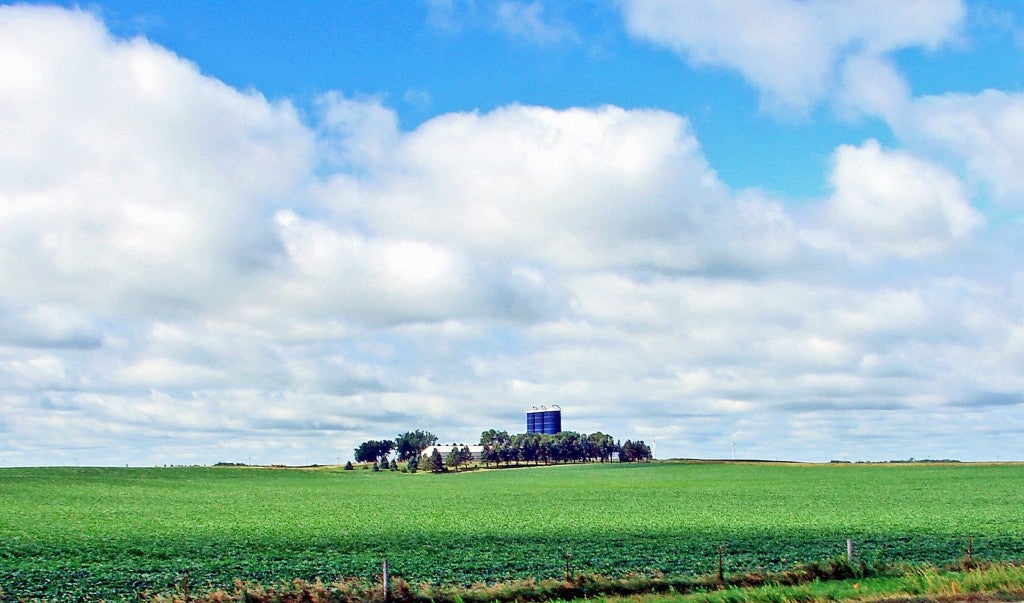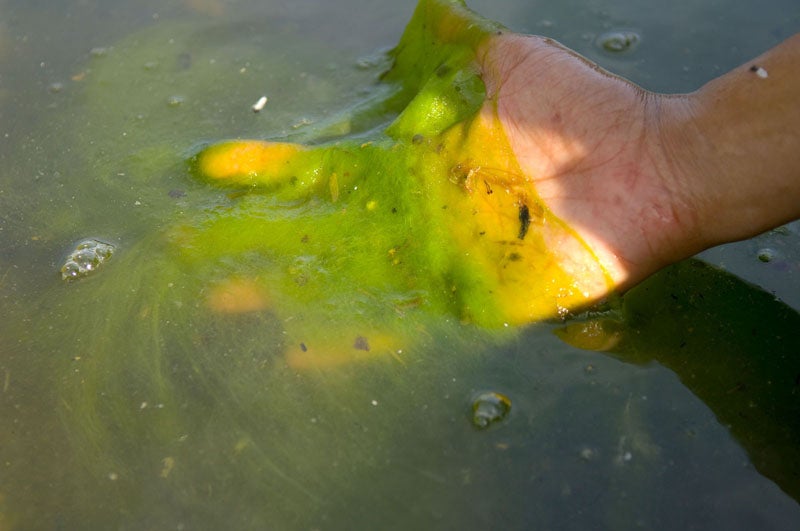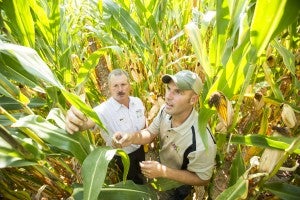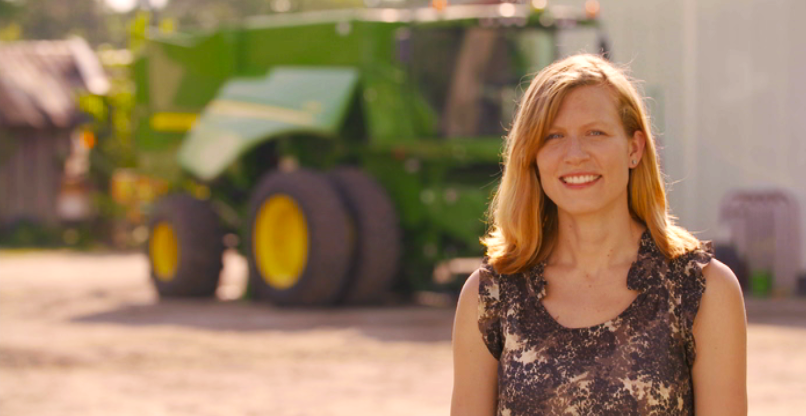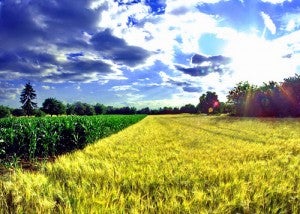
Scott Henry, 27, a partner and business development manager for LongView Farms
Every year right before Commodity Classic, EDF brings together a group of farmers who share their lessons learned in sustainable agriculture – and offer insights on bringing conservation practices to scale. These producers are our advisors, sounding boards and partners. They help us understand what agricultural policies really look like when implemented on the farm, and how best to convey to farmers that not all environmentalists point fingers at ag.
This year we had a new addition to the group, someone who brought an important perspective because he’s far younger than the average-aged farmer. Scott Henry is a 27-year-old partner and business development manager for LongView Farms, a row crop grain operation in central Iowa that specializes in seed production. Scott is responsible for business growth, strategy, production operations and the implementation of precision agriculture technology across the farm.
I asked Scott about his start in farming, about the importance of financial expertise in agriculture and whether sustainability really is good for growers’ bottom lines. Read More











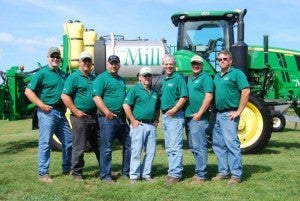 Land O’Lakes SUSTAIN® platform – a powerful tool that can make a real impact in improving regional water quality — is coming to the Chesapeake Bay.
Land O’Lakes SUSTAIN® platform – a powerful tool that can make a real impact in improving regional water quality — is coming to the Chesapeake Bay.